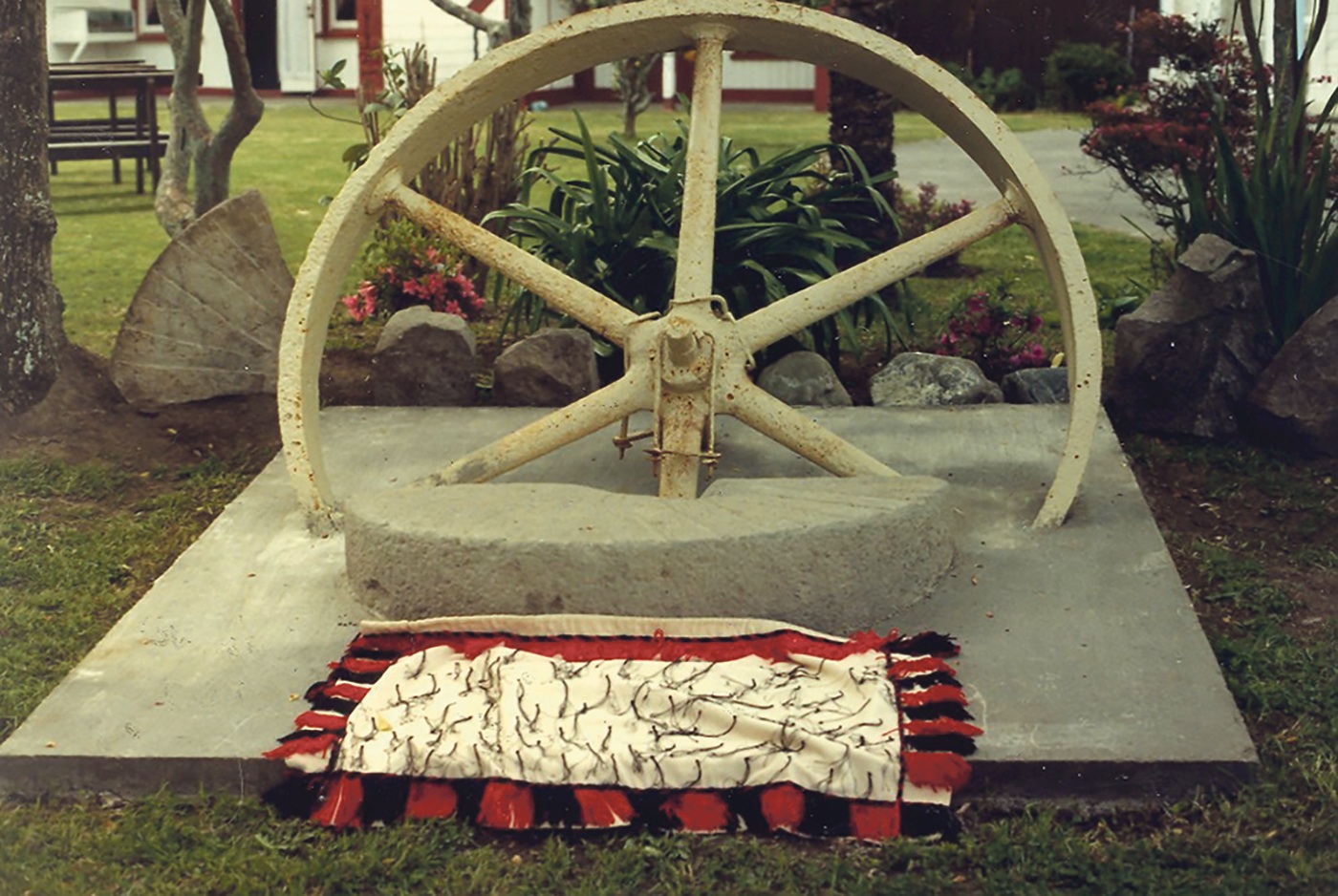
Multitude of sources for historical stories
For the past few months, a key activity within Ōtaki Heritage has been doing the research and conceptualising for the museum’s new exhibition.
The exhibition, which will be about the township from 1843 to 1920, will be open on the usual Thursday to Saturdays from Saturday, May 17. Although 1843 is the start date, the township was established in 1846, which makes next year its 180th anniversary.
There are a multitude of sources for stories; too many I sometimes think. They often tell only a small part of a story and so other sources are scanned to enable a coherent story to be told. On occasions, they will tell what should be the same story, but in important different ways.
Here’s an example. Books are important sources, and when you want information on early Ōtaki, a “go to” book is Otaki: the town and district, published in 1952 and written by Francis Simcox, who was born in Ōtaki in 1880. In the book it is recorded that the Town Hall burned down “about 1910”. In fact, a quick search through a fantastic online source, PapersPast New Zealand, reveals that it was burned down in June 1914 by a fire that, according to the New Zealand Times, “burned merrily”. The paper noted that “An agitation is also on foot to supply the town with a firebell”.
A rich and invaluable source of stories, both online and in the museum, are various reports produced for the Porirua ki Manawatū district inquiry; often referred to as Wai 2200. In 2008, the Waitangi Tribunal received several requests to inquire into Treaty claims in the Taihape, Rangitīkei, Manawatū, Horowhenua, and Kāpiti areas. After conferences with the claimants and the Crown, the tribunal divided the region into two inquiry districts: Taihape, and Porirua ki Manawatū.
About 117 claims are part of the inquiry, which is funded by the Crown Forestry Rental Trust. The trust was established in 1989, and its funds come from annual rental fees for licences to use certain Crown forest licensed lands.
A fantastic online source is the National Library, which has a great selection of photographs and, as I recently found out, of maps; Archives New Zealand’s online map selection is also very good. It was to the National Library site I turned to get some photographs for an exhibition story on Ōtaki’s two flour mills, which operated from 1850 through the 1870s.
One was on the Haruātai Stream, in the vicinity of Millhaven Place, and the other on the Waitohu Stream, commissioned by the Catholic Mission, about half a kilometre due east of the golf club clubhouse.
The mill in the first photograph is identified as “the Otaki Maori Church of England Mill”, and additional information: “There was a second mill at Otaki, the Pukekaraka Catholic mill, built 1854.”
However, it seemed unlike another photograph also identified as the Church of England mill. So, it seemed there was no photograph of the Pukekaraka mill.
Distraught, (that might be an overstatement), I looked further into the matter, finding two important clues that clearly identified that as the mill photograph I was after. The first was the landscape which, in this case, suggests a location in the sandy dune country out towards the golf course, rather than one further inland. The second, and more obvious one, is the configuration of the mill wheel.

As can be seen in the photograph, the Pukekaraka wheel has one vertical spoke and two diagonals. The one on the Haruātai Mill, which is shown in a clip from a photograph of the mill, has a vertical and a horizontal spoke, and two diagonal ones.
And, with that irrevocable evidence, this story has rolled to its conclusion.

LATEST POSTS
- How out-of-work men cleared Hautere
- Medals to remember Maggie, Harry
- History milling around
- Historic Te Horo kaīnga restored
- Work on old Clifden Cottage under way
- Medals tell a story spanning the world
- Claimants lament loss of Rangiuru Pā
- Medal for Roy after nuclear test service
- Hector, 100, at Sunset Retreat
- From whaler cottages to Airbnbs
- Vault opens door to local history
- D-Day remembered at college commemoration
- Oddities beneath the floorboards
- Tales of a winning cricket team
- History in a humble tomato box
- Uncovered swagger stick tells sad tale
- Restored theatre pianola returns
- Restoration the focus for rotunda Friends
- Convoy PQ17 remembered at college commemoration
- The manager’s daughter – memories of the old Civic Theatre
- Ōtaki sergeant gets bravery award – 70 years later
- Costs, dwindling attendance likely to close old Manakau church
- Everiss a Kiwi hero for Scottish village
- The influence of volcanic eruptions
- The gardener who braved the Arctic




